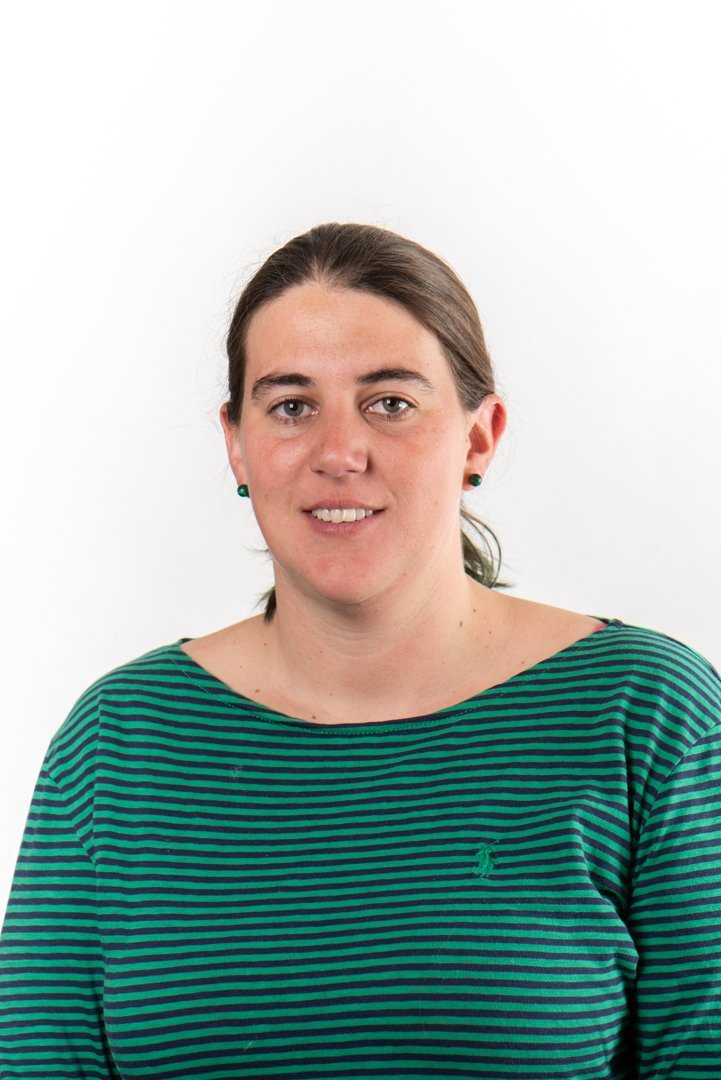- Research
- Fish tagging
- Lumpfish research
- Oceanography
- Seabed mapping
- Arnarfjörður
- Drekasvæði
- Ísafjarðardjúp
- Jökulbanki
- Jökuldjúp
- Kolbeinseyjarhryggur and adjacent area
- Kolluáll
- Langanesgrunn
- Látragrunn
- Nesdjúp
- Reykjaneshryggur and adjacent area
- Selvogsbanki
- South of Selvogsbanki
- South of Skeiðarárdjúp
- South of Skerjadjúp
- Southeast of Lónsdjúp
- Southwest of Jökuldjúp
- Suðausturmið
- Suðurdjúp
- Vesturdjúp
- East of Reykjaneshryggur
- Vestfjardarmid
- Seal research
- Whale Research
- Advice
- About
M. Dolores Pérez-Hernández delivers a lecture at MFRI
25. March 2019
M. Dolores Pérez-Hernández will give a lecture at MFRI on March 28. The lecture will be held in the 1st floor auditorium at Skúlagata 4, and will commence at 12:30 pm. The lecture is titled The Atlantic Water boundary current north of Svalbard. Due to technical problem stream is unavailable.
Abstract
The Svalbard branch of the Atlantic Water (AW) flows eastward north of Svalbard carrying warm and salty waters along the slope of the western Eurasian Basin. Here we explore the characteristics and seasonality of the boundary current using data from a September 2013 oceanographic cruise and a six-mooring array deployed at 81.7oN, 30.6oE between September 2012 and September 2013. On average the current carries 3.96 ±0.32 Sv (1 Sv=106 m3s-1), of which 2.08±0.24 Sv are of AW. From late-summer to early-winter the AW was warmest and saltiest, and its eastward transport strongest, while from mid-spring to mid-summer the AW was coldest and freshest and its transport weakest. In this region, the layer of AW is modified via convective overturning in winter. Even though two distinct currents transporting AW emerge from Fram Strait into the Arctic Ocean (the Yermak and Svalbard branches), at our study area they appear as a single, combined flow. A small portion of this boundary current enters in the Kvitøya Trough, but it’s warm and salty signature is quickly eroded.
About
M. Dolores Pérez-Hernández (a.k.a. Lola) is a Physical Oceanographer in the environment division. She holds a Ph.D. in Physical Oceanography from the Oceanography and Global Change Institute (IOCAG) of the University of Las Palmas de Gran Canaria. She worked 2-years as a postdoc at the Woods Hole Oceanographic Institution. She has also worked at the Scripps Institution of Oceanography and the National Oceanography Center, Southampton.
Her main research interests are ocean circulation and dynamics in a changing climate; structure, dynamics and variability of boundary currents; inter-gyre/basin exchanges; high latitudes; Meridional Overturning Circulation; observational techniques (traditional observations, autonomous new platforms, reanalysis, and satellite data); and lately complementing observations with models.
She has 16 publications in peer-review journals, 3 book chapters and participated in 7 research projects and 17 research cruises from 4 different nationalities.

